11 Garlic Pests and Diseases and How to Control Them
Garlic pests and diseases can challenge even the most experienced gardeners, affecting the health and yield of this popular crop.
Recognizing common issues early helps protect your garlic from damage and ensures a bountiful harvest.
With the right care and prevention, it’s possible to keep these unwanted threats at bay.
Garlic Mosaic Virus
Garlic mosaic virus shows up with mottled patterns on leaves, creating an unsightly appearance.
This viral infection leads to stunted growth and smaller bulbs, which can be disappointing for any gardener.
Since no treatment exists for the virus itself, focusing on preventive measures is essential.
Keeping a close eye on aphids helps protect your garlic plants from further damage while promoting healthier growth overall.
Purple Blotch
Purple blotch affects garlic plants, showing up as tiny, water-soaked spots on leaves and stalks.
These lesions grow larger over time, turning brown or purple while damaging the plant tissue.
A smart way to keep your garlic healthy involves rotating crops regularly and maintaining good drainage in the soil.
By taking these simple steps, you can protect your garden from this pesky fungus and enjoy a bountiful harvest instead.
Botrytis Neck Rot
Botrytis neck can spell disaster for your garlic garden.
Signs like water-soaked rot at the base of plants signal that trouble is brewing, as the fungus creeps down toward the bulb.
This unwelcome guest thrives in cool, damp environments, making vigilance essential.
Removing affected plants swiftly or practicing careful watering and mulching may help mitigate issues, yet conquering this disease often feels like an uphill battle.
Rust
Rust disease appears as tiny white specks on leaves and stems, which eventually turn into circular or elongated pustules.
This unsightly issue can weaken your plants over time if left unchecked.
A good approach involves using suitable fungicides designed to combat this specific ailment.
Keeping a close eye on your garden helps catch problems early, ensuring healthier growth for all your beloved plants.
Downy Mildew
Downy mildew presents a challenge for garlic growers, showcasing pale spots or elongated patches that can worry any gardener.
The gray-purple fuzzy growth creeping over the leaves signals an infection that needs attention.
Applying suitable fungicides helps combat this issue effectively, restoring your plants' health and vigor.
Taking action quickly ensures your garlic remains strong and productive throughout its growing season.
Bulb Mites
Bulb mites pose a real challenge for garlic growers, leading to poor growth and bulb decay.
Treating your seed cloves with hot water offers a practical solution to combat these pests before planting.
This method not only helps reduce mite numbers but also promotes healthier plants overall.
Taking this step ensures that your garlic has the best chance of flourishing in the garden.
White Rot
White rot can be quite a nuisance for garlic growers.
It usually starts by turning the older leaves yellow, signaling that something isn’t right with your plants.
Stunted growth often follows, leaving you frustrated and worried about your harvest.
Long-term crop rotation proves effective in preventing this disease, while fungicides provide an additional layer of protection when needed.
Taking these steps ensures healthier plants and a more bountiful yield in the long run.
Lesion Nematode
Lesion nematodes can be quite a nuisance, leading to stunted growth and odd lesions on plant roots.
Controlling these pests may seem tricky, but there's a simple method using hot water that works wonders for garlic bulbs.
Immerse the bulbs in 100°F water for half an hour; just keep an eye on the temperature so they remain viable for planting afterward.
This straightforward treatment offers hope against those pesky nematodes while ensuring your garden flourishes beautifully.
Onion Maggots
Onion maggots can wreak havoc on your garlic plants, leaving you with sad-looking seedlings.
Keeping your garden clean is essential; removing all onion bulbs at the season's end helps eliminate these pests' food sources.
Using floating row covers creates a barrier that prevents female flies from laying eggs on your precious plants.
Taking these steps will keep those pesky maggots at bay and ensure healthier garlic growth for next year’s harvest.
Leafminers
Leafminers can turn your lush green plants into a canvas of distress.
Those thin, winding trails they carve through leaves might look like artwork gone wrong, leaving behind unsightly white blotches that scream for attention.
When the damage is severe, leaves may fall off early, robbing your plant of its vitality and beauty.
Keeping an eye on these pests ensures your garden remains healthy and vibrant instead of becoming a gallery of destruction.
Thrips
Thrips can wreak havoc on your plants, leaving behind discolored patches and distorted leaves.
Instead of reaching for harsh chemicals, consider inviting nature’s helpers into your garden.
Mites, pirate bugs, and lacewings serve as effective allies in the battle against these pests.
Watching them work their magic brings a sense of peace to any gardener dedicated to nurturing a healthy environment.

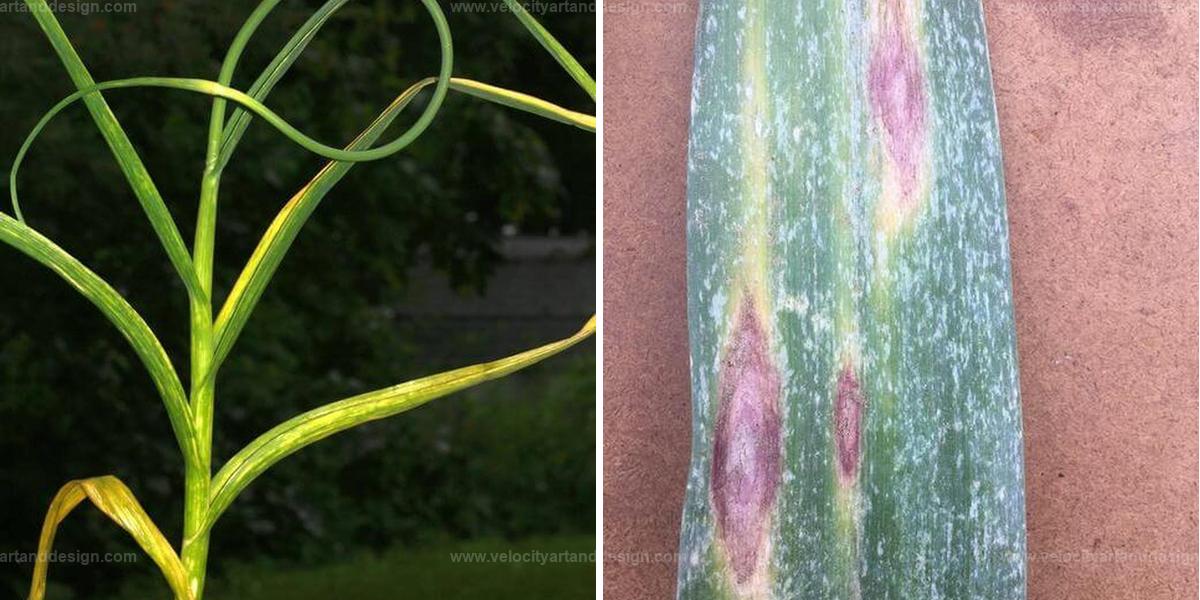
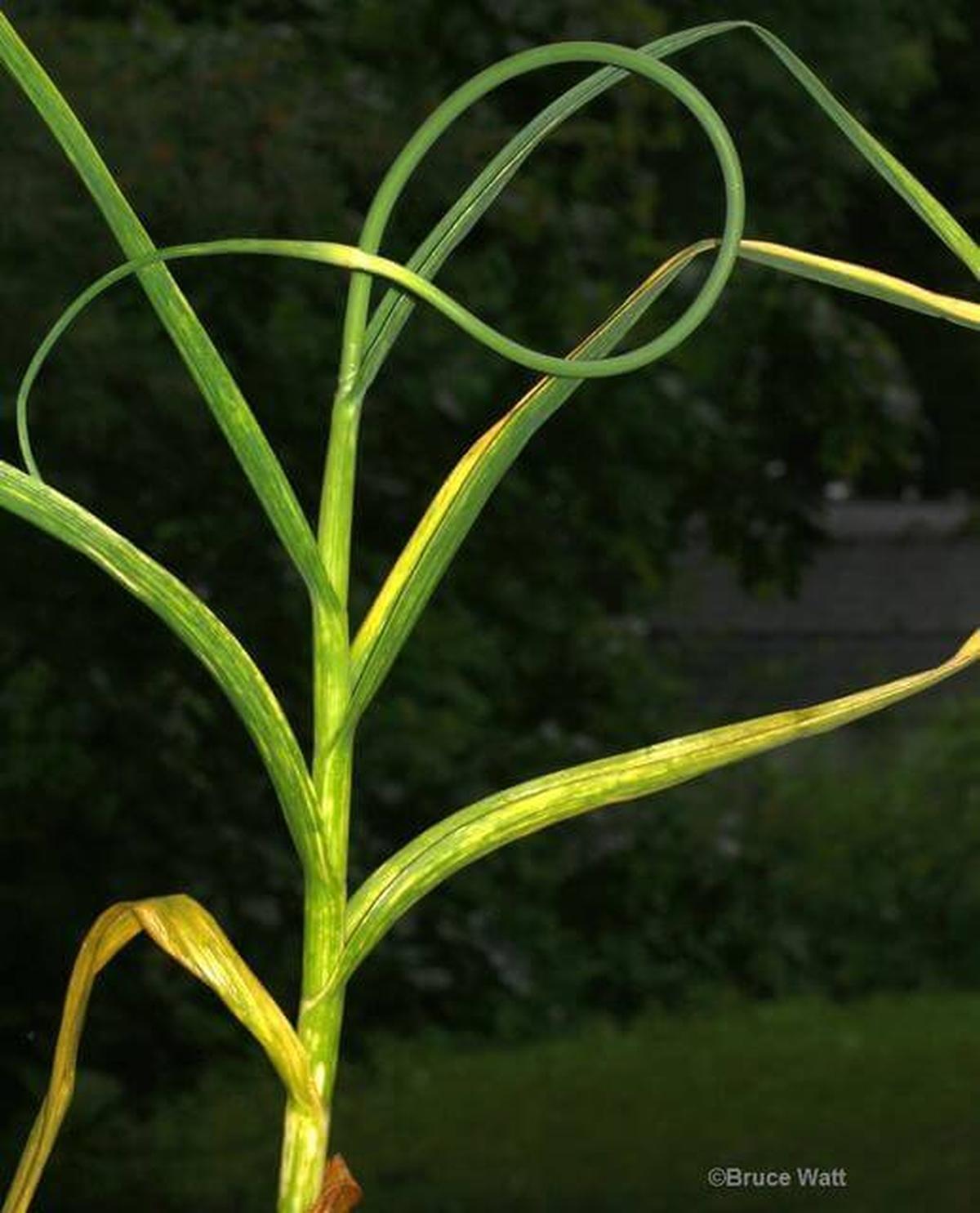
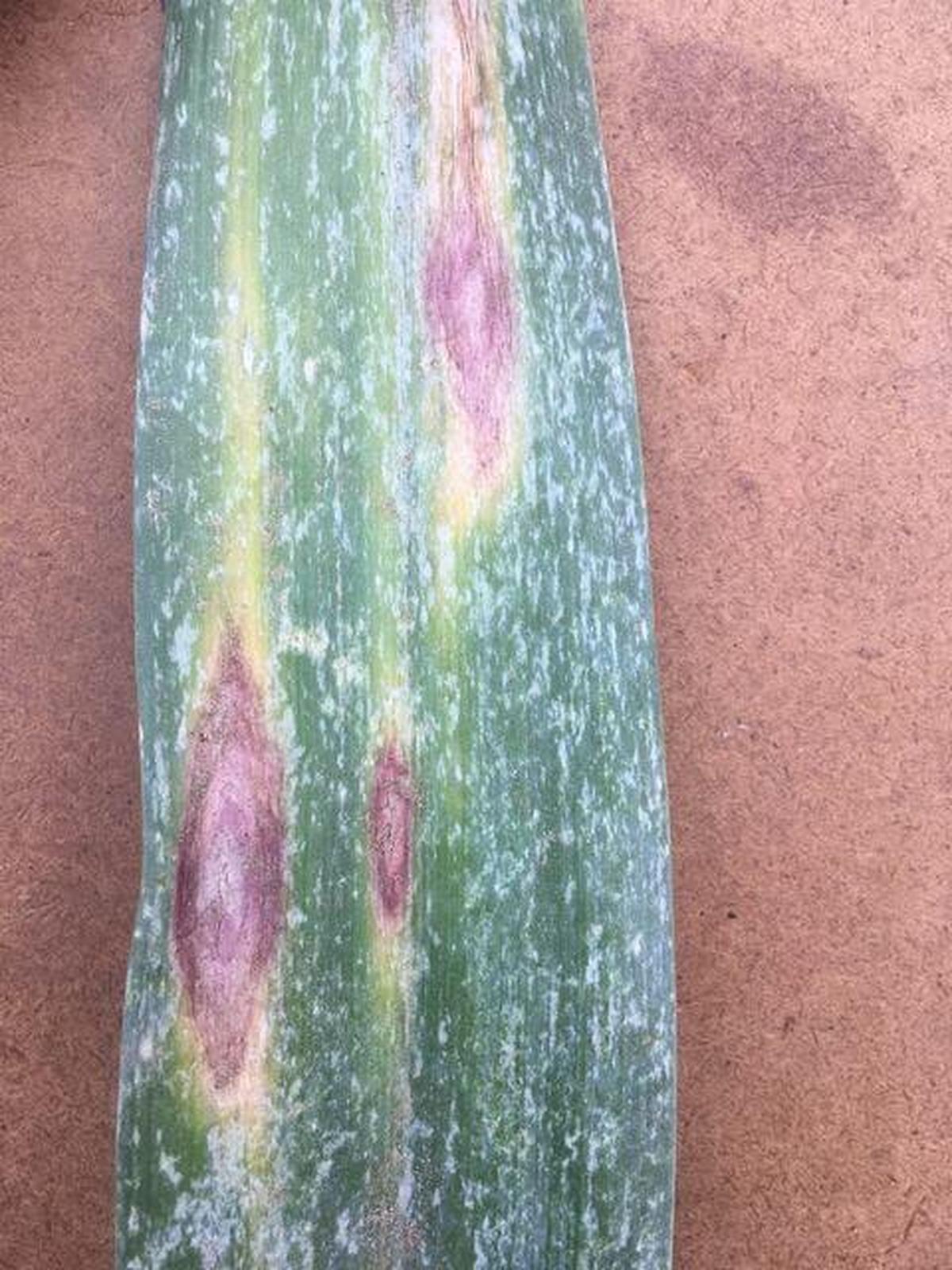
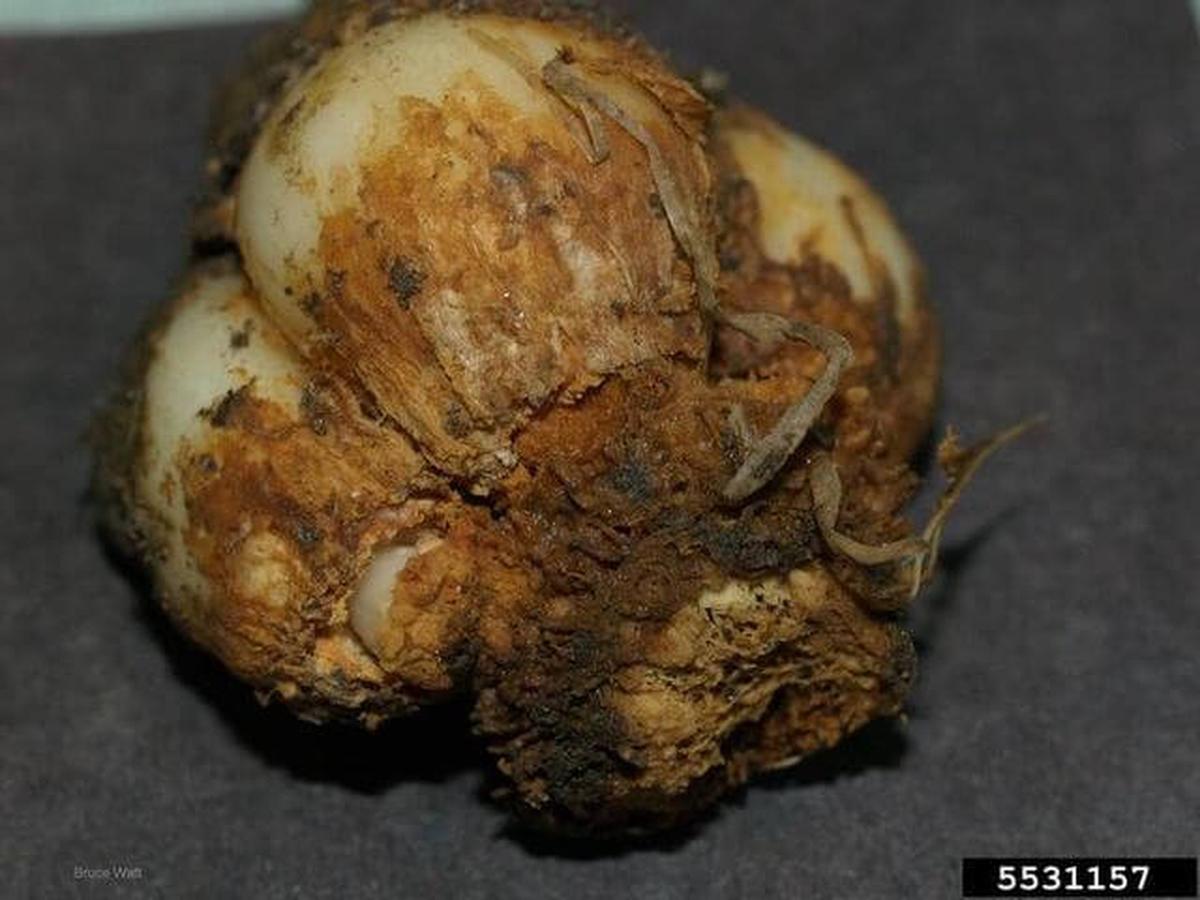
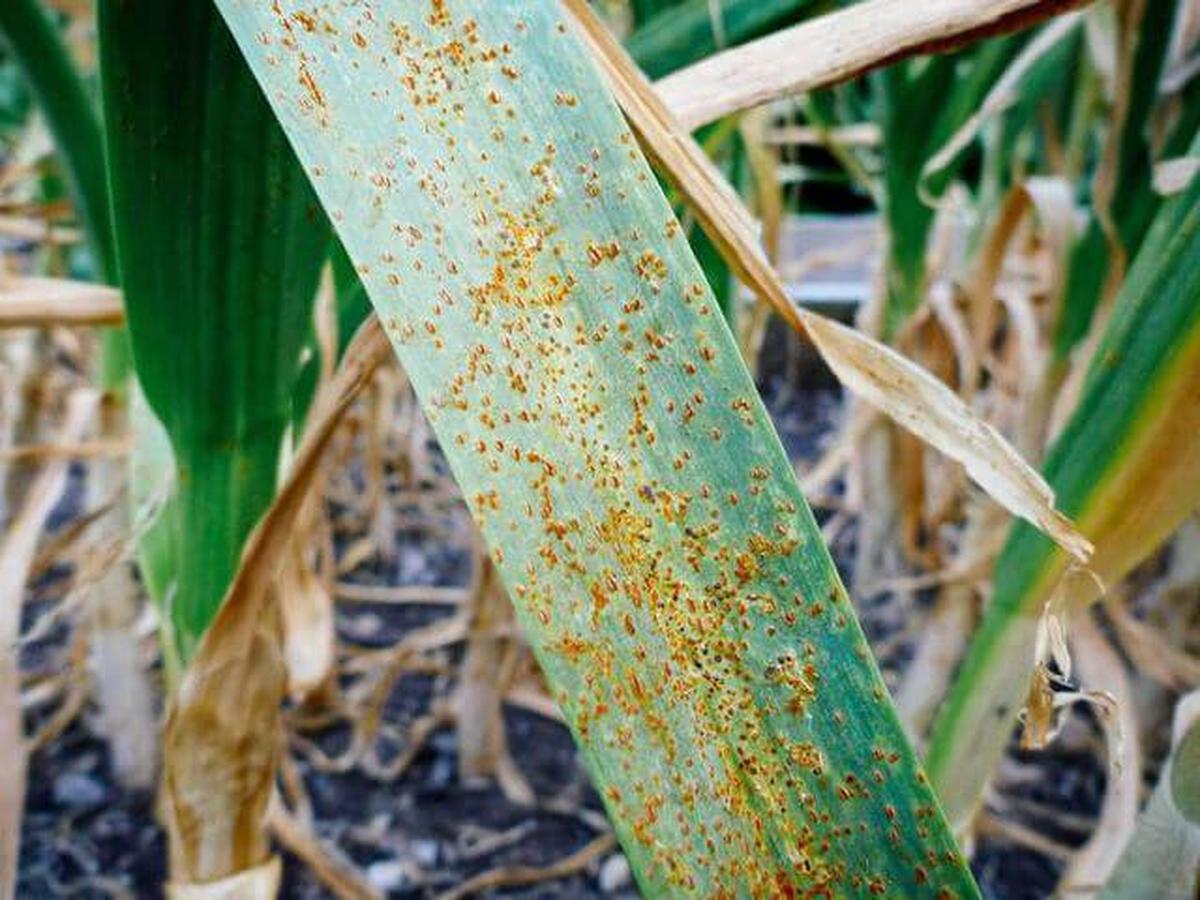
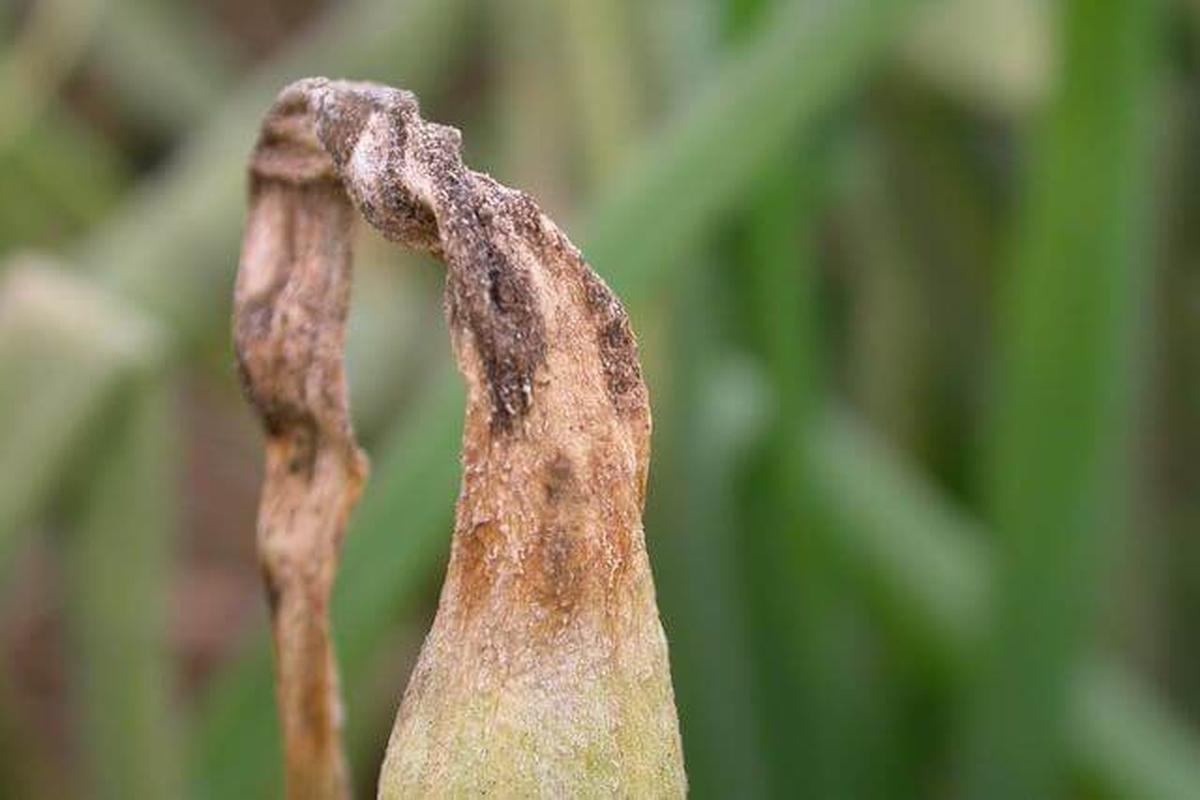
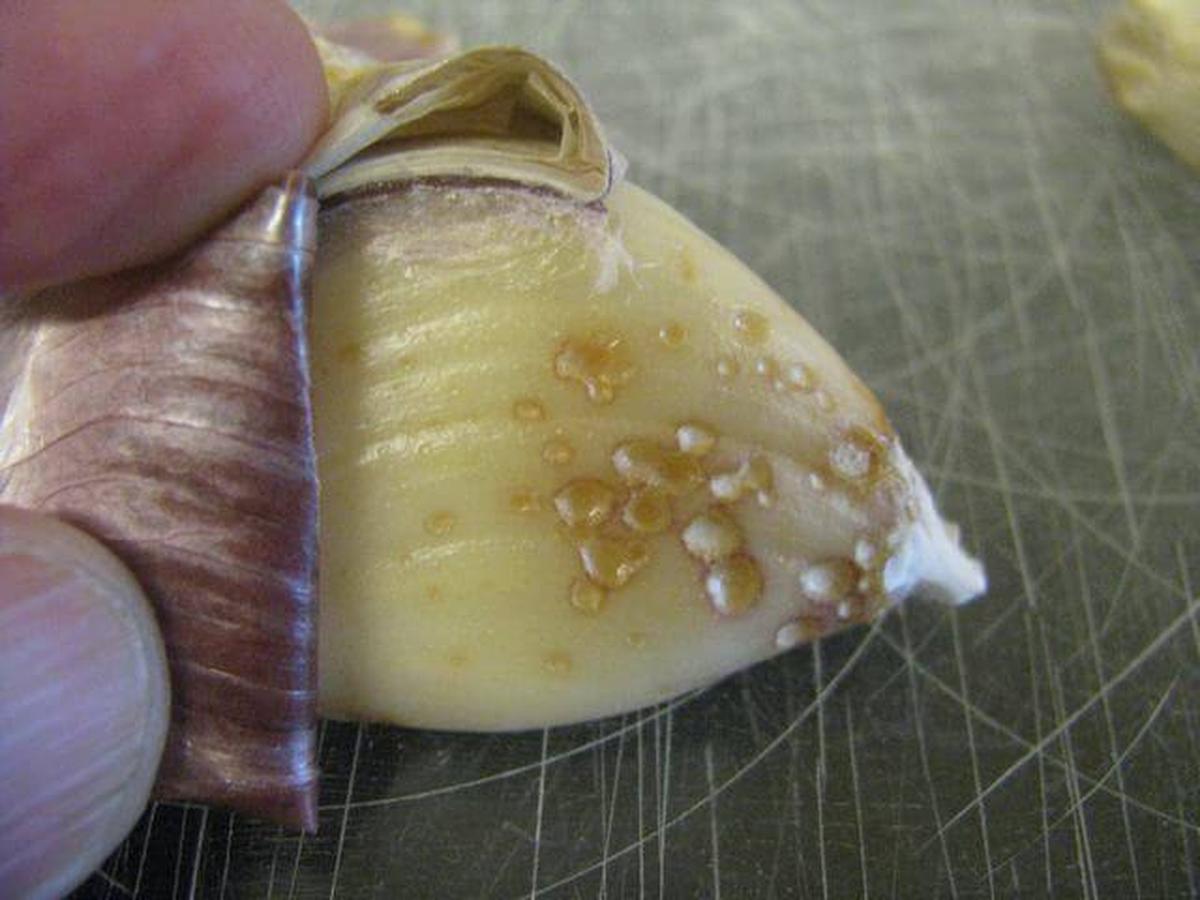
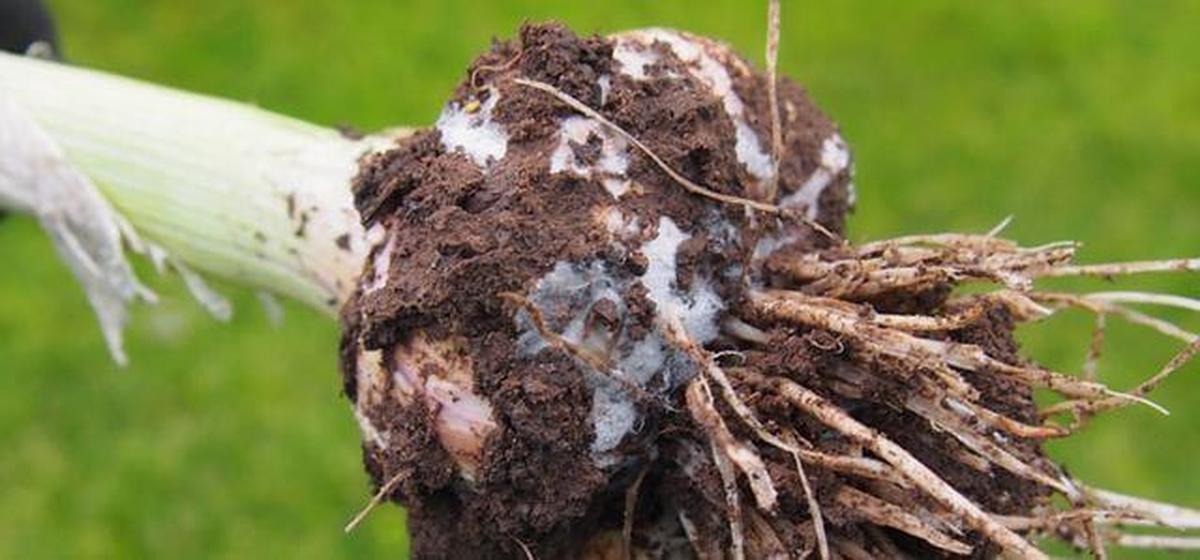
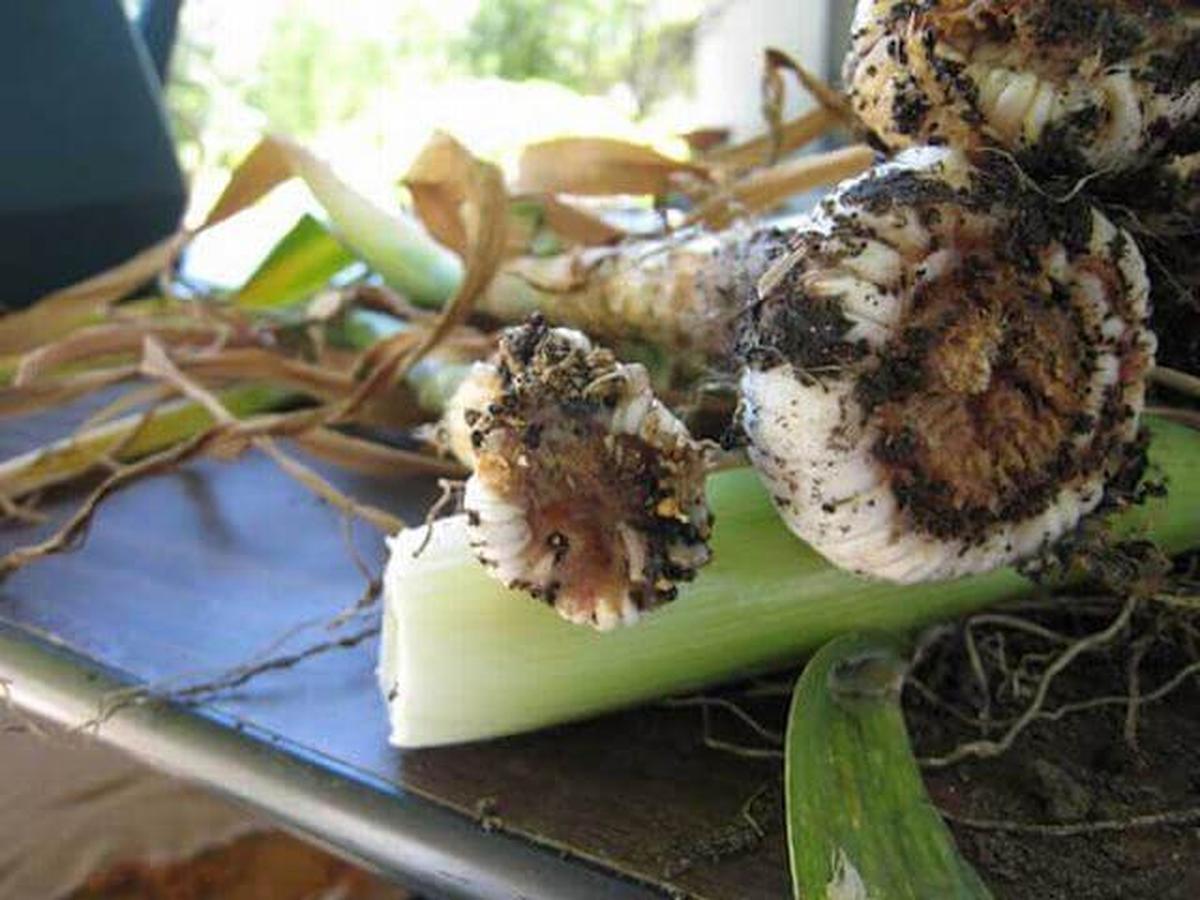
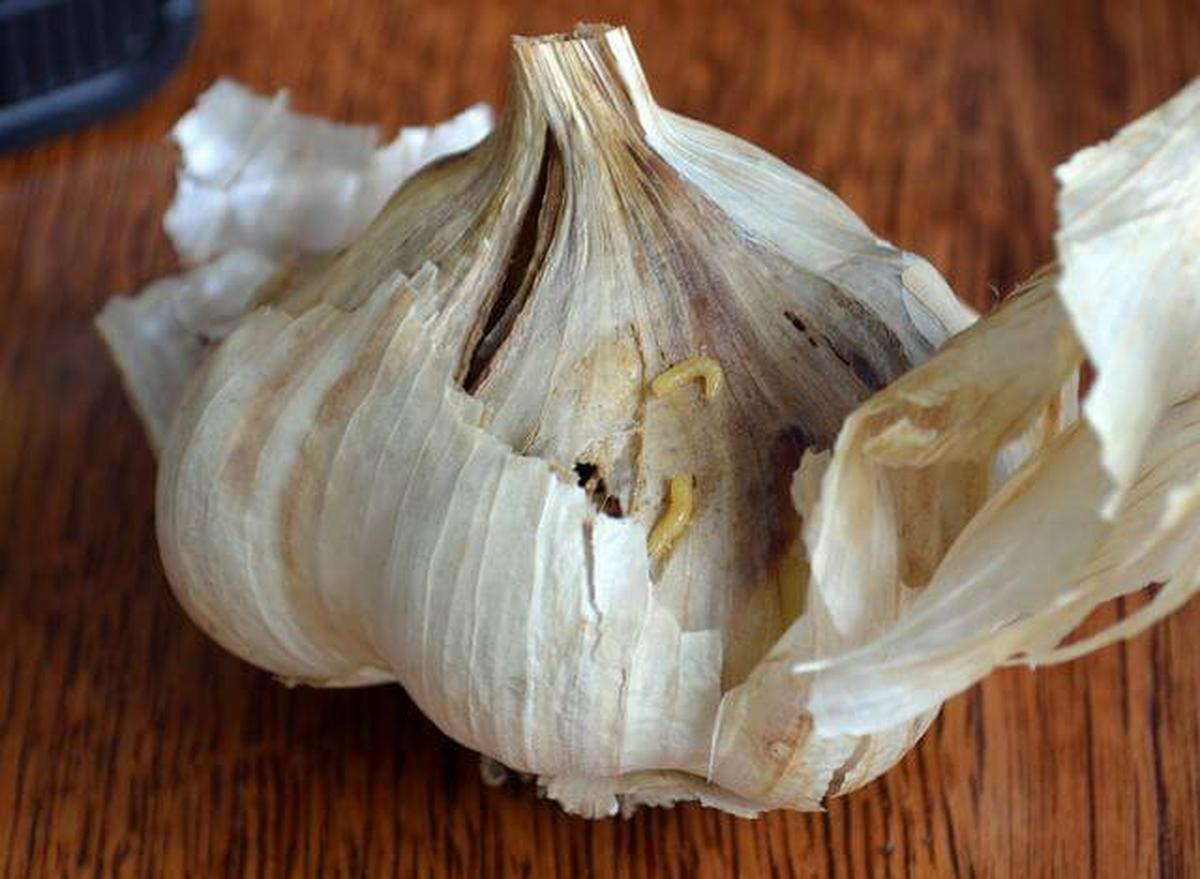
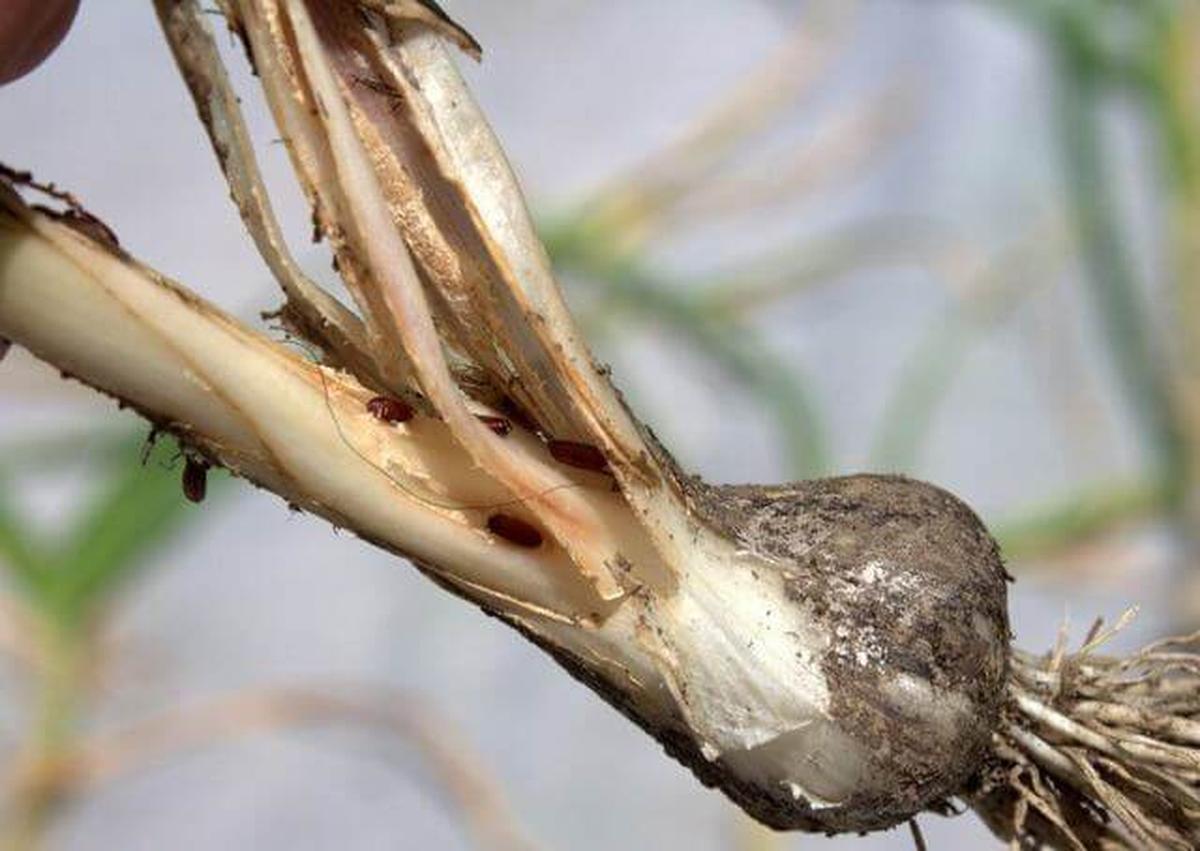
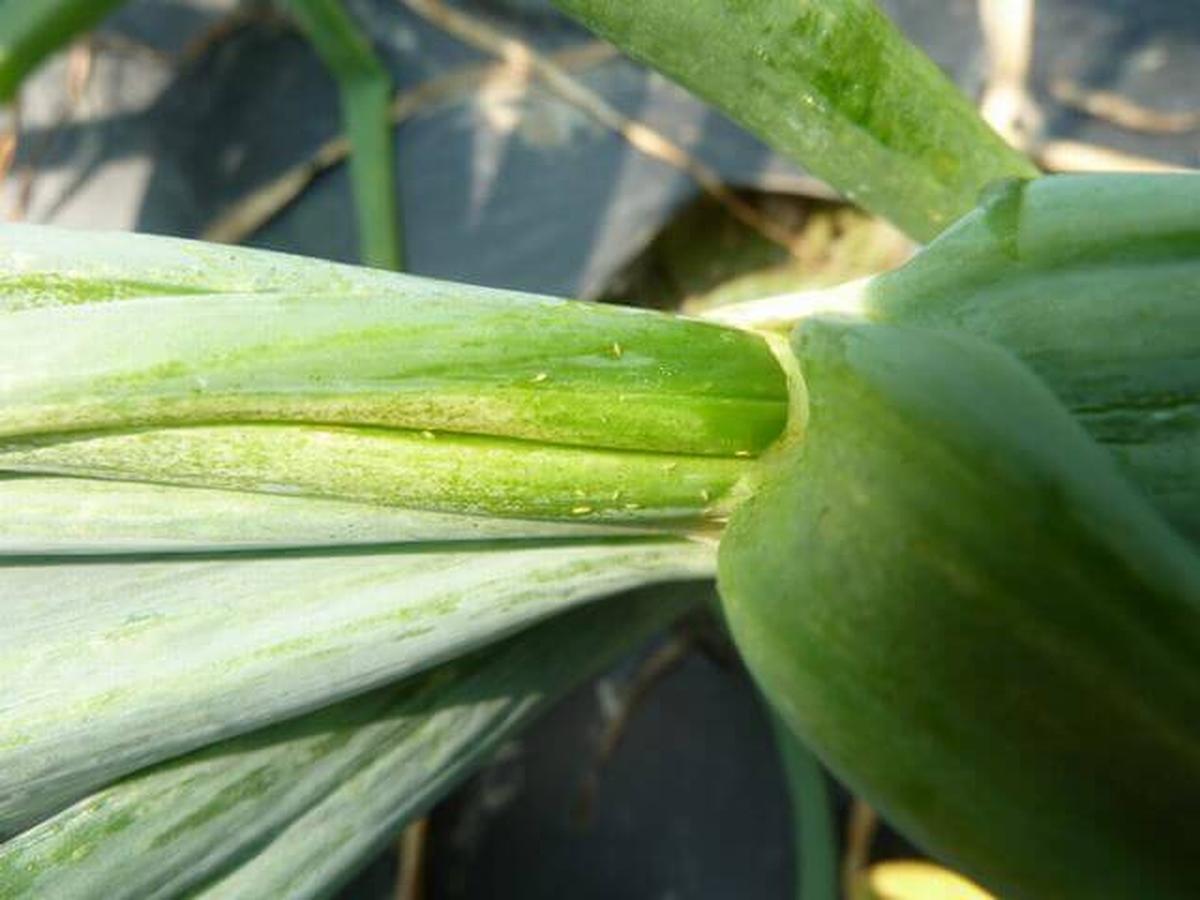
James Turner
Founder & Lead Designer
Expertise
Interior Design, Sustainable Design Practices, Spatial Planning, Innovative Material Applications, Contemporary Art Techniques, Visual Communication, Multimedia Artistry, DIY Design and Home Projects, Eco-Friendly Living Spaces, Creative Solutions
Education
University of Cincinnati College of Design, Architecture, Art, and Planning (DAAP)
Columbus College of Art & Design (CCAD), Columbus, OH
James Turner is the founder and lead designer at Velocity Art and Design. He studied Interior Design at the University of Cincinnati, focusing on eco-friendly design and smart use of space.
Later, he expanded his artistic skills with a Fine Arts Certificate from the Columbus College of Art & Design, where he learned about modern art and visual storytelling.
With over 10 years in design, James is passionate about making spaces that are both beautiful and practical. He shares his DIY tips and creative ideas to inspire others to explore their own creativity and transform their living spaces.